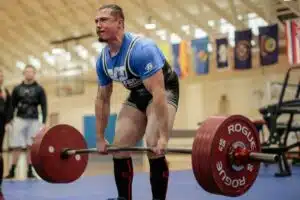Velocity Based Training (VBT) is a type of training that allows you to know how hard you are training for each repetition of the workout. VBT is a system that is not new and does not work for all sports, but, nevertheless, it helps a lot to monitor the training load and the progress of the athlete.
In this sense, powerlifters can use this methodology to improve and monitor their training loads. A highly recognized person in this sector is Jorge Perez Cordoba who is in charge of leading the training of many powerlifters and who uses velocity-based training to decide how much weight to place on the competition bar. In other words, in today’s post, we are going to determine very well how a powerlifter should use velocity-based training and how he can improve all his marks thanks to velocity-based training.
Before we begin, it is important to note that VBT is a training method that relates the velocity of execution to the force used. However, we must not forget that technique standards must be met in order to avoid injuries or musculoskeletal problems. The VBT is a tool that will help the powerlifter to know how to measure the training load every day and get the most out of his workouts.
Why Could VBT help Powerlifters?
First of all, in order to answer this question, let’s define the main exercises that a powerlifter must perform. These exercises are the deadlift (an exercise of traction of several muscle groups), the squat (an exercise of pushing mainly the lower body) and the bench press (an exercise of pushing the upper body). Once the exercises have been determined it would be important to note that in a powerlifting competition there are a number of rules that cause a change in the execution of the exercises. That is to say, the powerlifting rules require that during the bench press the barbell touches the chest and you keep your back and buttocks supported on the bench. However, it says nothing about the curvature of the back. That is why, as we can see in the picture, the position of powerlifters varies in this exercise to what we commonly known. However, there is not such a substantial difference in the position in the other two exercises as in the bench press.
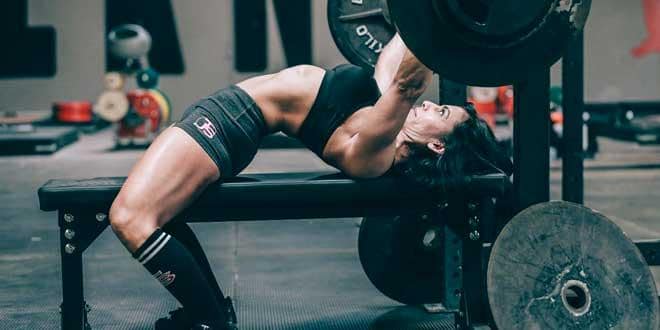
So why can VBT help a powerlifter? According to current evidence, maintaining a specific velocity when we are overcoming a given load can help achieve several performance benefits. In addition, monitoring the load live allows me to know at what point I am training another capacity within strength that may not be of interest to me. In addition, the VBT generates valuable data for reviewing training intensity. VBT features that can benefit powerlifter training are:
- The instant and objective feedback of each repetition.
- The estimation of the RM of each session.
- The control of the training zone to be worked on specifically.
- The use of an objective method for the quantification of the load.
Which VBT Device is best for Powerlifters?
You won’t be able to measure the velocity of your workout if you don’t have the right tool. With so many devices available on the market today, there is a wide variety of options to choose from. Scientific evidence has compared the Vitruve system with others that are highly accurate and have proven to be useful for measuring velocity before and after an exercise program (1). Likewise, it is a device that has been used in multiple scientific studies which determines that it is totally valid (2-5). Measuring velocity in powerlifting exercises is very easy to perform. If we were to perform exercises other than free weights, it might be more difficult to calculate the velocity of execution, but, fortunately, the squat, deadlift and bench press movements are highly optimized.
Implementing VBT to Powerlifting
Vitruve device and application are designed for trainers. Its application mode is extremely simple and allows a quick learning curve. Once you are familiar with the device, you can configure it according to your preferences. This configuration gives you strategic control over the velocity of your movements. As a result, you can choose the amount of load that allows you to maintain your velocity without being trapped by fatigue. Here is a brief list of the highlights of VBT and powerlifting.
Lift as Fast as You Can
For VBT to make sense, we must ensure that the powerlifter always moves the load at the highest possible velocity. Only then can we determine if there is a true effect of the training in question. The powerlifter must be consistent with training intensity, effort and lifting velocity. In other words, a powerlifter training with VBT has to give the maximum on each repetition. It is worth mentioning here that the purpose of measuring velocity is to ensure that you are using an optimal load on a particular movement.
Cooperation Between Powerlifter & Coach
We must not forget that a good powerlifter is an athlete who trusts his coach 100% and who is in charge of executing a plan in the best possible way. For this, it is important that the powerlifting coach has enough knowledge to be able to correctly elaborate the plan of action and its follow-up. It is important for the coach to monitor the velocity of execution and for this purpose, he/she can make use of the application that provides real-time information of the VBT.
Tracking and Monitoring The Powerlifter’s Improvement
The Vitruve device saves each workout and makes estimates of the powerlifter’s maximum repetition. The trainer must be aware that performance must be maintained or improved with each workout. The application allows you to have a velocity profile. With the help of this profile, we can estimate how much load we should be putting on the powerlifter to get the best performance. Again, the Vitruve application is very useful because it allows us to configure this profile digitally.
Adapting Workouts to Changing Conditions
Sometimes a powerlifter’s performance might decrease due to nutrition, injury, stress or other non-training issues. These are normal factors that can interfere with your ability to keep up with your training goals. The nice thing about using VBT with a powerlifter is that we have an objective way to measure how the athlete is doing. If at the same load one day he is lifting that weight much slower, it means that our powerlifter is fatigued.
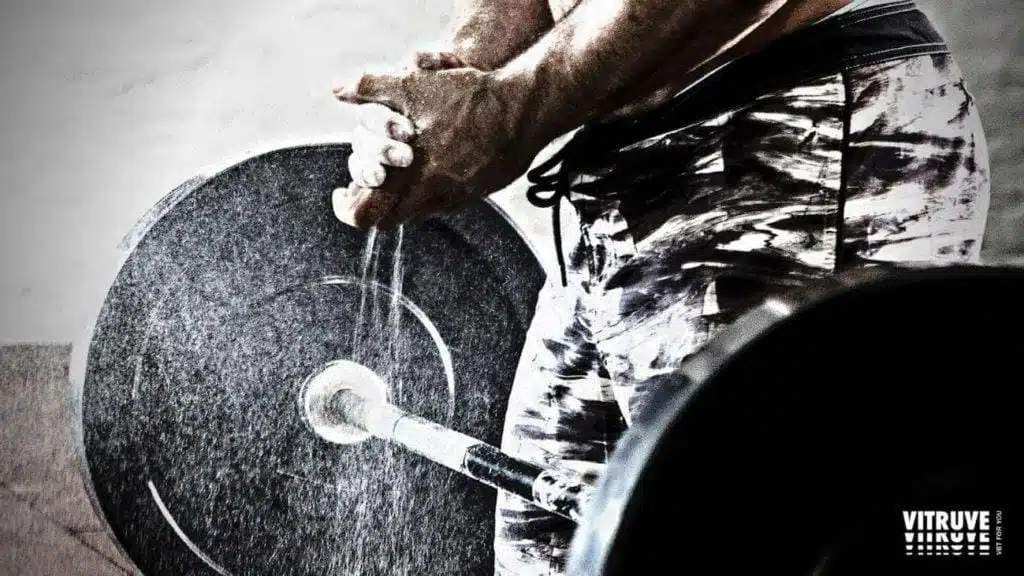
Does VBT Work For a Powerlifting Competition?
Before answering this question, we have to know that to measure the velocity of execution of a movement there must be a connection between the rod and the device we are using. For this purpose, a fishing line is usually used that connects the bar to the linear encoder through a small adapter. This connection, however minimal it may be, implies a variation in the weight that is lifted and minimally disturbs the powerlifter. For this reason, it could never be used in competition. It is worth mentioning that some technologies are already implementing applications that allow to know the velocity of execution of a movement with the camera of the cell phone. However, these technologies are far from being as useful as linear encoders.
But then, can’t I use my encoder in a competition? No, you can’t. What we can do is a week before the competition and with our load practically established, we can test the velocity of execution and decide whether or not to increase the kg. That is to say, if a week before we manage to lift the load to 0.5 m/s we know that on the day of the competition we are overconfident and we can risk a little and that our powerlifter triumphs.
Powerlifting & VBT Major Benefits
To conclude let’s make a brief summary of the two major benefits of using the VBT in powerlifting. There are two major benefits related to using a linear encoder like Vitruve with powerlifters:
Immediate Feedback For The Coach & Powerlifter
Incorporating VBT into your workouts gives you instant results in the form of velocity, power and helps improve heavy lifting ability. This training not only benefits the powerlifter but can also provide an advantage to the coach in controlling the training load. We cannot compare training by sensation or with a training load calculation through RIR or RPE with a training that provides objective data.
Objective Feedback
As we have already mentioned, the velocity of execution does not provide information on how the load in question has moved. As long as the technique is maintained and we do not change the tempo of work, the VBT will give us valuable information to monitor training. In addition, the instant and direct analysis through the application gives us the opportunity to vary the workouts from one session to another depending on the result.
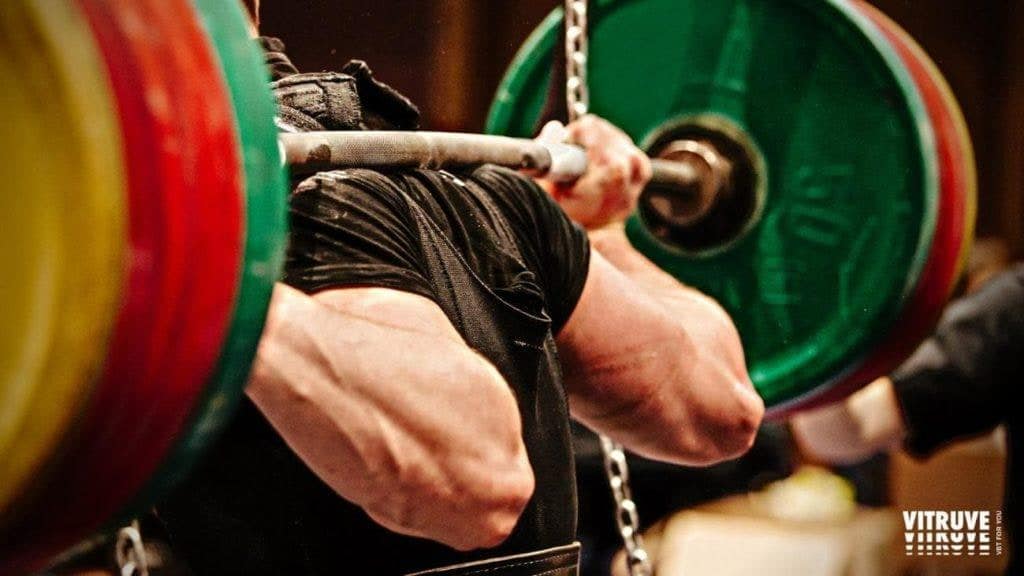
What Science Says about VBT
Research published in the International Journal of Environmental Research and Public Health on May 14, 2021, studied the effects of velocity-based training on strength and power in elite athletes. This research was conducted to determine whether velocity-based training could replace the percentage-based approach to increase overall and specific performance. The main objective of this research was to review other studies that analyzed the impact of VBT on power and strength in elite athletes.
After reviewing seven studies, this research found that reducing the execution velocity from the first repetition to the last by 10%-20% could lead to better neuromuscular adaptations and reduce neuromuscular fatigue. The research also found that the use of velocity zones could improve body composition and enhance performance.
In addition, getting instant feedback was found to be a very effective way to increase overall performance. According to the research, this feedback helps the most when powerlifting coaches use it to keep athletes updated on where they stand.
Conclusion
Finally, I would like to say that VBT is a way of working that is becoming more and more accepted in the world of powerlifting. In fact, it is a great way to quantify training load and prepare for competitions.
Elite and amateur powerlifters should not proceed with their efforts without objective load control. Knowledge of execution velocity pushes the powerlifter to train better and perform at their best. This training gives these athletes a complete picture of their position. Therefore, they can optimize their performance in a much better way.
Let’s remember that if we want to follow a guide on the use of VBT in powerlifting we must follow the following rules:
- Move the load as fast as possible.
- Good relation between trainer and powerlifter.
- Have potential control of the loads we use.
- Know how to adapt the training to the results of the encoder.
- Provide direct feedback to the athlete.
- Maintain a good execution technique.
By following these guidelines, powerlifters will always benefit from velocity-based training and will achieve improved performance both during training and in competition.
Unai Adrián Perez de Arrilucea Le Floc’h
